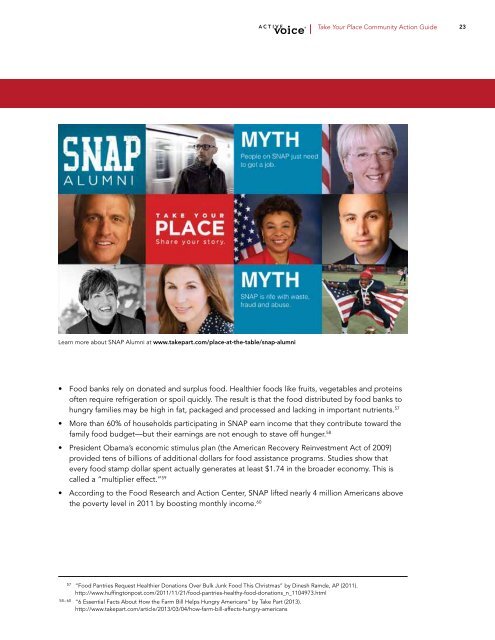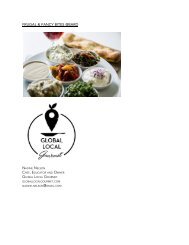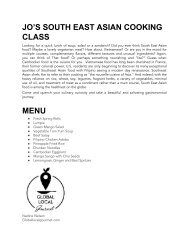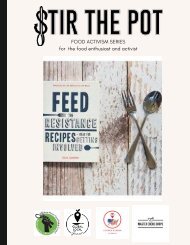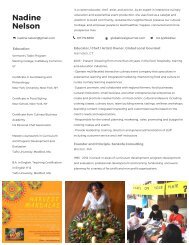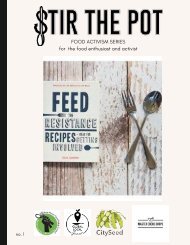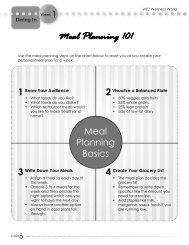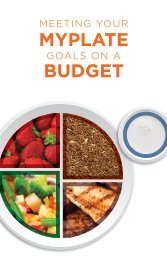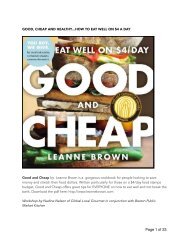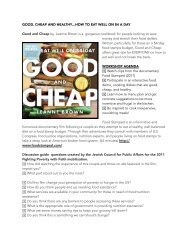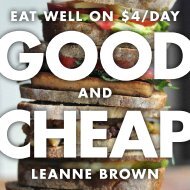APATT_CommunityActionGuide
Create successful ePaper yourself
Turn your PDF publications into a flip-book with our unique Google optimized e-Paper software.
Take Your Place Community Action Guide<br />
23<br />
Learn more about SNAP Alumni at www.takepart.com/place-at-the-table/snap-alumni<br />
• Food banks rely on donated and surplus food. Healthier foods like fruits, vegetables and proteins<br />
often require refrigeration or spoil quickly. The result is that the food distributed by food banks to<br />
hungry families may be high in fat, packaged and processed and lacking in important nutrients. 57<br />
• More than 60% of households participating in SNAP earn income that they contribute toward the<br />
family food budget—but their earnings are not enough to stave off hunger. 58<br />
• President Obama’s economic stimulus plan (the American Recovery Reinvestment Act of 2009)<br />
provided tens of billions of additional dollars for food assistance programs. Studies show that<br />
every food stamp dollar spent actually generates at least $1.74 in the broader economy. This is<br />
called a “multiplier effect.” 59<br />
• According to the Food Research and Action Center, SNAP lifted nearly 4 million Americans above<br />
the poverty level in 2011 by boosting monthly income. 60<br />
57 “Food Pantries Request Healthier Donations Over Bulk Junk Food This Christmas” by Dinesh Ramde, AP (2011).<br />
http://www.huffingtonpost.com/2011/11/21/food-pantries-healthy-food-donations_n_1104973.html<br />
58–60 “6 Essential Facts About How the Farm Bill Helps Hungry Americans” by Take Part (2013).<br />
http://www.takepart.com/article/2013/03/04/how-farm-bill-affects-hungry-americans


